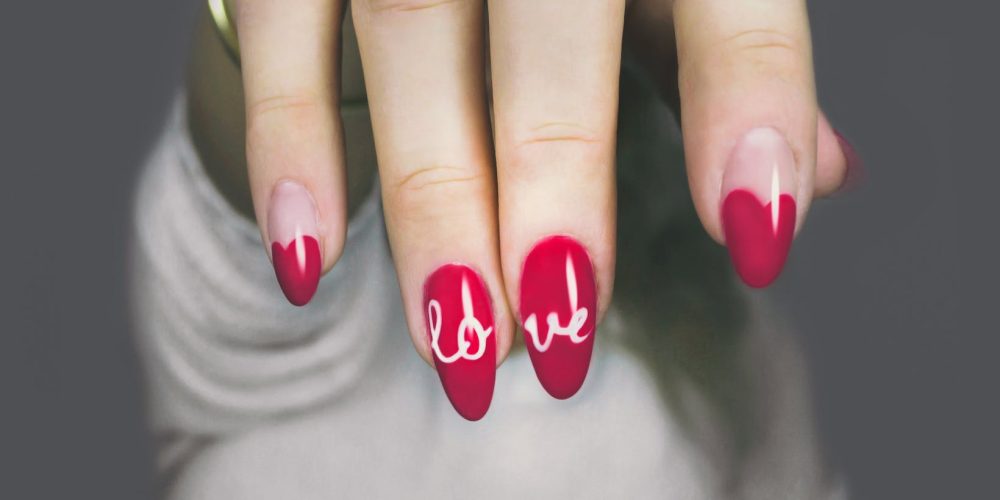What is the Technical Term for the Natural Nail
Ever wondered what the technical term for your natural nail is? Well, let me enlighten you. It’s called the onyx. This term might sound new to many of us, but it’s commonly used in medical terminology and among beauty professionals.
Derived from Greek language, onyx translates to “nail” or “claw”. The natural nail, or onyx as we now know it, is made up of a protein known as keratin. This protein is also found in hair and skin – pretty fascinating stuff!
Understanding this term doesn’t just make you sound smart at parties; it can also help when dealing with any issues related to your nails. Knowing that the technical term for your natural nail is onyx could provide useful insight when consulting with doctors or manicurists about any nail conditions or treatments.
What is the natural nail?
Let’s dive right in. The term “natural nail” refers to the hard, translucent part of our fingers and toes that we often refer to simply as our nails. However, there’s a lot more complexity behind those seemingly ordinary parts we often take for granted.
In scientific terms, the natural nail is known as the ‘onych’, originating from Greek word ‘Onyx’ which means claw or hoof. This tough protective layer serves multiple purposes including protecting our fingertips from harm, providing support for sensory function and aiding us in picking up small objects or scratching an itch.
Interestingly enough, nails aren’t just about functionality – they’re also indicators of overall health. Changes in color, texture or growth rate can signal various health issues ranging from nutritional deficiencies to serious illnesses like lung disease.
To break it down further:
- The nail plate is what we commonly regard as the actual ‘nail’. It’s made up of keratin, a type of protein that gives nails their strength.
- The cuticle, a thin tissue covering the base of the nail plate, acts as a sealant protecting new keratin cells.
- The lunula (the white half-moon shape at your nail base) signifies new nail growth.
- Lastly, underneath all this lies the nail bed, which provides nourishment for healthy growth.
Knowing about your natural nails isn’t merely cosmetic wisdom; it could help you identify potential health problems early on! So next time you’re admiring your manicure or worrying over a chipped edge, remember there’s more than meets the eye when it comes to these fascinating structures called ‘natural nails’.
The Anatomy of the Natural Nail
Diving into the world of nails, it’s essential first to grasp what they’re made up of. The technical term for natural nail is “onychosis”. This term encompasses the entire structure of our nails, including parts that are not directly visible.
The most significant part of the nail anatomy is the nail plate. It’s what we usually think of when we consider our nails. Composed mainly of keratin, this hard protective layer shields sensitive tissues beneath it.
Beneath and surrounding the nail plate are other crucial components. Let’s take a closer look:
- Nail Bed: This skin lies just below the nail plate. It supplies nutrients to keep your nails healthy.
- Cuticle: A barrier that protects new keratin cells as they grow out from under your skin.
- Lunula: Also known as ‘the little moon‘, this half-moon shaped area at your nail base indicates where new cells form.
It’s fascinating how these elements work together in harmony to create a sturdy and functional structure called onychosis – or in layman’s terms, our natural nail!
Now let me share some intriguing facts about our nails’ growth. On average, human fingernails grow around 3 millimeters (mm) per month while toenails grow approximately 1 mm per month. Factors such as age, health conditions or even seasons can influence their growth rate.So next time you glance down at your hands or feet, remember there’s more than meets the eye! Our natural nails aren’t just a canvas for polish; they’re complex structures with an important purpose.
Let’s summarize some key points:
- Onychosis represents the natural state of our nails.
- Our nails are more than just decoration or tools – they’re indicators of our overall health.
- Regular care and observation can help detect early signs of potential health problems.
Equipped with this knowledge, I hope you’ll view your own onychosis in a new light. It’s an intricate system that deserves appreciation and care beyond routine manicures and pedicures. When you look at your hands today, remember – those aren’t just nails, they’re your personal set of onychoses!






